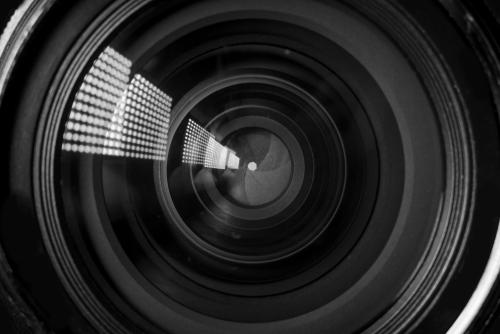This setup may well be something you have never seen before, for a very good reason, most of the time the effects can be obtained by such a setup are very far removed from the requirements of machine vision camera applications.
First of all, let us dive into the details of both a full frame lens. For the uninitiated, what is a 35mm frame lens?
Put simply, a 35mm frame lens is a lens that creates a focused image on a plane with the dimensions of a 35mm photographic frame, which is 36mm × 24mm (and no that 36mm is not a typo, see this page for why it’s called 35mm. Otherwise known as an SLR lens.
In simple terms, you should always, as a rule of thumb, match the sensor size of your machine vision camera to the machine vision lens you are using. However, there may be times when using a lens that can accommodate a larger sensor than the one you’re using is a very sensible option. Check out the most common sensor sizes here, also bear in mind the size of a 35mm frame when compared to these sensor sizes!
Let’s discuss the consequences of using a lens designed for a bigger sensor:-
For a start, the FOV is cut down. This makes sense as if you imagine a lens creating an image of a given size, a sensor that is smaller than that given size will not be able to encompass all of the image, and since the centre of a sensor has to match up with the centre of the image, the bits that are missed by the smaller sensor are the outermost regions, hence the angular FOV is reduced.
As a result of this, the potential image quality is increased. This curious phenomenon comes from the fact that, as the sensor size compared to the lens’ image size decreases, we are using less of the outer regions of the lens. “So what?” you may ask, “it’s the same lens after all…”. This is true, however the best part of any lens (well certainly the vast majority of lenses) is the central part. If you look at a typical MTF curve you will see that the best qualities of a lens are found at the centre of the lens.
Below are images taken using 50mm focal length lenses for sensor sizes ⅔”, 1.1”, 4/3”, then an 80mm 35mm frame lens, lastly, a 200mm 35mm frame lens.

50mm 2/3" sensor lens

50mm 1.1" sensor lens

50mm 4.3" sensor lens

80mm 35mm frame lens

200mm 35mm frame lens

